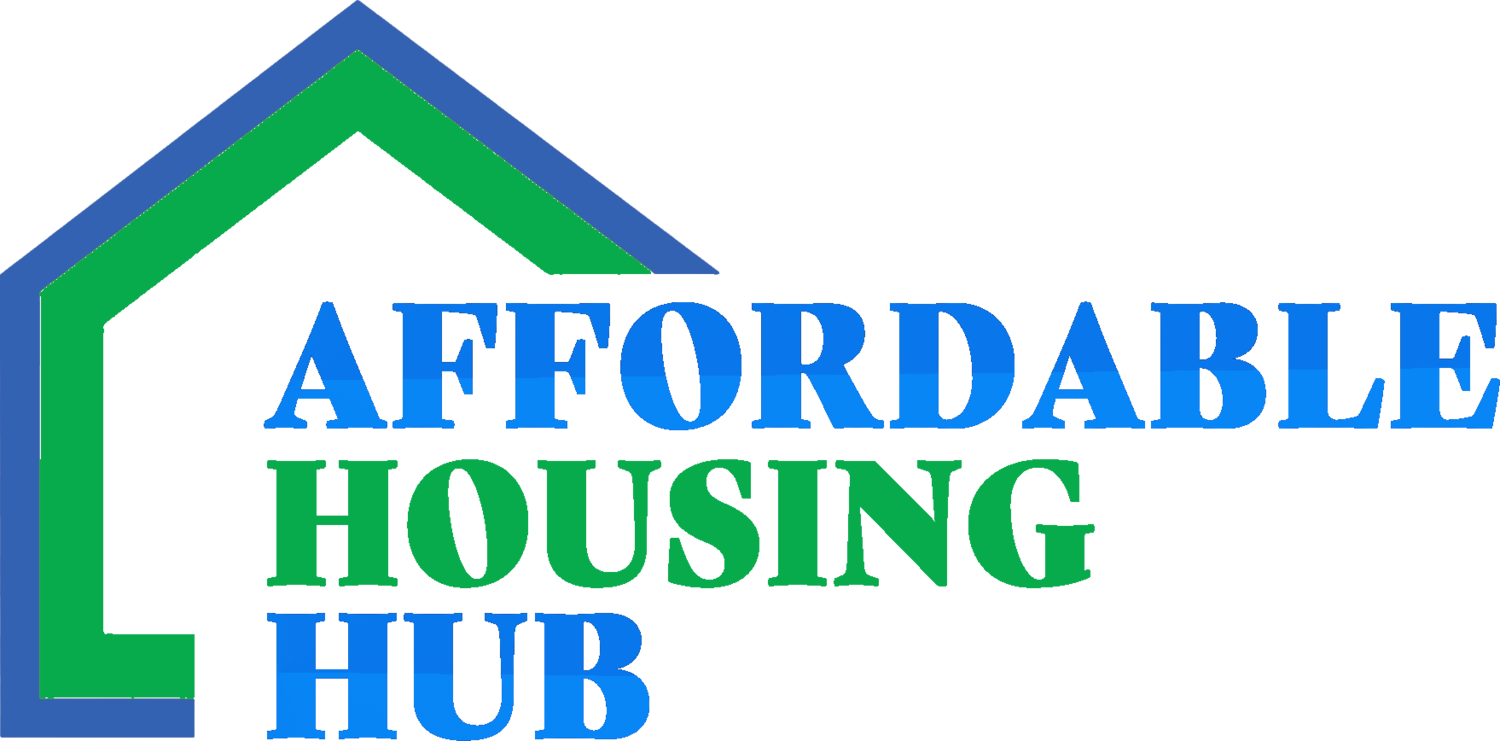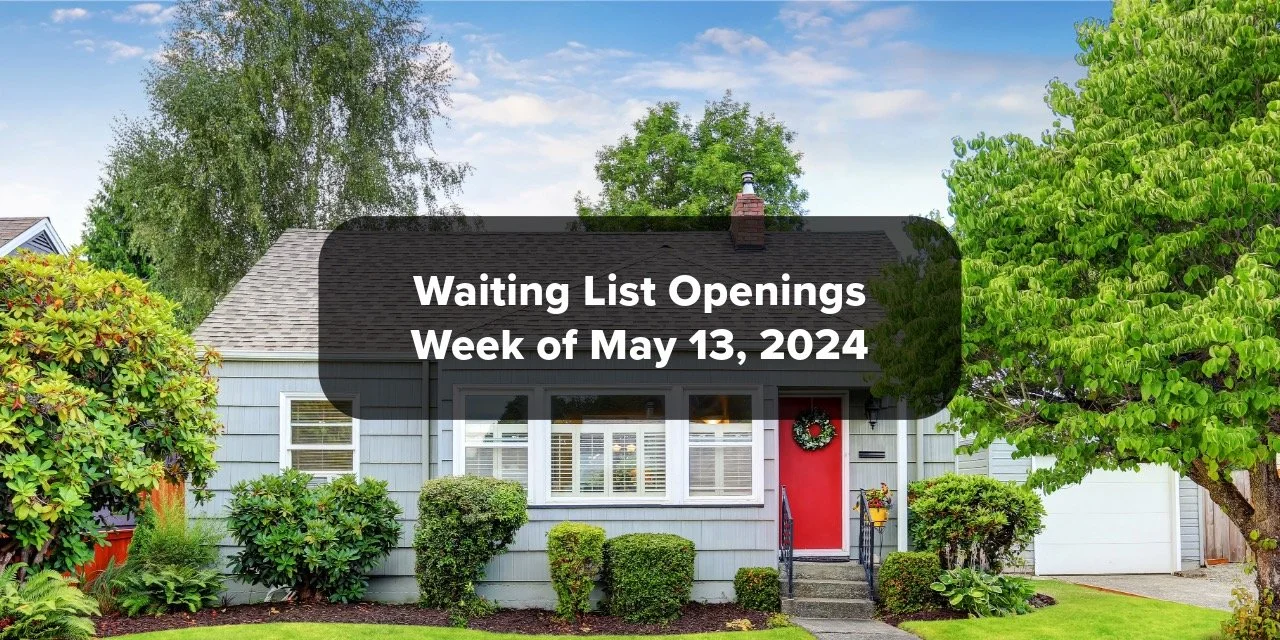Alaska Section 8 Housing
/Introduction
The Alaska Section 8 Housing program, also known as the Housing Choice Voucher program, is a federal government initiative designed to provide assistance to low-income families, seniors, and individuals with disabilities. The program helps eligible individuals and families secure affordable and safe housing by subsidizing a portion of their monthly rent payments. In Alaska, where the cost of living can be high and housing options limited, the Section 8 program is especially important.
According to the Alaska Housing Finance Corporation, over 15% of Alaska's population lives in poverty, and many struggle to afford adequate housing. The situation is further exacerbated by a shortage of affordable rental units and an increase in homelessness across the state. In this article, we will provide an overview of the Section 8 Housing program in Alaska, including eligibility requirements, how to apply for assistance, and emergency housing assistance options.
Section 8 Housing Alaska Requirements
To be eligible for the Section 8 Housing program in Alaska, applicants must meet certain requirements. These include:
Income: The Section 8 program is designed to assist low-income families and individuals, so there are income limits that must be met. In Alaska, the income limits vary by area and family size, but generally, families must have an income at or below 50% of the median income for the area to qualify.
Citizenship or eligible immigrant status: Applicants must be U.S. citizens, U.S. nationals, or non-citizens with eligible immigration status.
Criminal background: Applicants must not have a criminal history that would make them ineligible for the program. The Housing Authority will conduct a background check as part of the application process.
Rental history: Applicants must have a satisfactory rental history, which means they have not been evicted for drug-related criminal activity or violent behavior.
The types of housing covered under the program include apartments, townhouses, and single-family homes. The property must meet certain safety and quality standards to be eligible for the program. The property owner must also agree to participate in the program and adhere to the terms of the Section 8 program.
What is the Most Section 8 Will Pay for Housing in Alaska?
This is typically determined using Fair Market Rents. Fair Market Rents (FMR) are used by the U.S. Department of Housing and Urban Development (HUD) to determine the maximum amount of assistance that can be provided through the Section 8 Housing program in Alaska. FMR is based on the average rent for a two-bedroom apartment in a particular area and is updated annually.
In Alaska, the Fair Market Rents vary by area, with higher rents in more urban areas like Anchorage and lower rents in more rural areas. For example, in Anchorage/Mat-Su, the Fair Market Rent for a two-bedroom apartment is $1,421 per month, while in the Kenai Peninsula Borough, the Fair Market Rent for a two-bedroom apartment is $1,055 per month. The following table shows current Fair Market Rents for Alaska.
Income Limits In Alaska
It is important to understand income limits when considering applying for the Section 8 Housing program in Alabama. The program is designed to assist low-income families, seniors, and individuals with disabilities with affordable housing, and income limits are used to determine eligibility.
In Alabama, income limits vary by area and family size. For example, in the Huntsville area, the income limit for a family of four is $50,300, while in the Birmingham area, the income limit for a family of four is $45,150. These income limits are updated annually and can change based on changes in the local economy and housing market.
It is important to note that income limits are based on gross income, which includes all income before taxes and deductions. Income from all members of the household is included in the calculation, including wages, salaries, Social Security, pensions, and other sources of income.
To apply for Section 8 Housing in Alabama, applicants must provide documentation to verify their income and other eligibility criteria. This may include pay stubs, tax returns, and other financial statements. The program also considers factors such as family size, medical expenses, and childcare expenses when determining eligibility. The following table shows current income limits to qualify for housing in Alaska.
Who Qualifies for Section 8 Alaska?
The Section 8 Housing program in Alaska is open to eligible low-income families, seniors, and individuals with disabilities. To apply for assistance, individuals must meet the eligibility criteria outlined in Section II.
When there are more applicants than available vouchers, the program uses a prioritization system to determine who receives assistance first. Priority is typically given to families with children, seniors, and individuals with disabilities. In some cases, the program may also prioritize those who are homeless or at risk of becoming homeless.
The program determines eligibility based on income, family size, citizenship status, and other factors. Applicants must provide documentation to verify their income, including pay stubs, tax returns, and other financial statements. The program also considers factors such as family size, medical expenses, and childcare expenses when determining eligibility.
It is important to note that meeting the eligibility criteria does not guarantee acceptance into the program. Due to limited funding and high demand, there may be a waiting list for assistance. Applicants can check their status on the waiting list and update their information as needed.
Section 8 Housing Alaska Waiting List
Due to high demand for Section 8 Housing in Alaska, there may be a waiting list for assistance. The waiting list works on a first-come, first-served basis, with priority given to those who meet certain criteria, such as families with children, seniors, and individuals with disabilities.
Applicants can check their status on the waiting list by contacting the local Public Housing Authority (PHA) where they submitted their application. It is important to keep the PHA updated on any changes to contact information, income, or family size.
While waiting for assistance, there are some things applicants can do to prepare. This includes looking for other housing options, such as subsidized housing or low-income housing, and exploring emergency housing assistance options in case of immediate need. Applicants can also focus on improving their financial situation by reducing expenses, increasing income, or seeking financial counseling. Finally, applicants can stay informed about the program and any updates to the waiting list by regularly checking the PHA's website or social media pages. The following table includes currently open waiting lists in Alaska.
| State | City | Availability |
|---|---|---|
| Alaska | Anchorage | Open |
Emergency Housing Assistance Alaska
In addition to the Section 8 Housing program, there are also emergency housing assistance options available in Alaska for those in immediate need. These programs provide temporary housing and support services for individuals and families experiencing homelessness or facing eviction.
One such program is the Emergency Solutions Grant program, which provides funding to non-profit organizations that offer emergency shelter, rapid re-housing, and homelessness prevention services. Another option is the Alaska Temporary Assistance Program, which provides temporary financial assistance to eligible families with children who are at risk of becoming homeless.
To apply for emergency housing assistance, individuals can contact their local Department of Health and Social Services or non-profit organizations that offer housing assistance programs. It is important to have documentation to verify income and other eligibility criteria.
If you are in immediate need of housing, there are steps you can take to access emergency assistance quickly. This includes contacting local homeless shelters or calling 2-1-1, a free and confidential hotline that connects individuals with community resources, including emergency housing assistance. It is important to act quickly and seek help as soon as possible to prevent homelessness. The following table include additional Emergency Rental Assistance Programs in Alaska.
| State | Website |
|---|---|
| Alaska | Alaska Housing Relief |
How to Apply for Section 8 Housing in Alaska
To apply for Section 8 Housing in Alaska, individuals must first contact their local Public Housing Authority (PHA). The PHA will provide information on the application process and eligibility criteria.
The application process typically involves completing an application form and providing documentation to verify income, family size, and other eligibility criteria. The required documentation may include pay stubs, tax returns, birth certificates, and social security cards. The PHA will also conduct a background check and may contact references to verify information.
The application process can take several weeks to several months, depending on the number of applicants and the availability of vouchers. It is important to stay in communication with the PHA and provide any additional information or documentation they may request.
Once an applicant is approved for assistance, they will receive a voucher that can be used to secure housing. The voucher will cover a portion of the monthly rent, and the tenant is responsible for paying the remainder. The amount of assistance provided by the program depends on the family's income and other factors.
It is important to note that the Section 8 Housing program in Alaska may have a waiting list due to high demand. Applicants should be prepared to wait for assistance and explore other housing options in the meantime.
Alaska Housing Authorities
Housing Authorities in Alaska are responsible for administering a variety of housing programs and services throughout the state. These organizations work to provide affordable, safe, and decent housing for low-income families, seniors, and individuals with disabilities. The Alaska Housing Finance Corporation is the state's largest housing agency, but there are also several regional Housing Authorities that serve specific areas of the state. These organizations offer a range of services, including rental assistance programs, public housing, and home ownership programs, among others. If you're in need of housing assistance in Alaska, contacting your local Housing Authority is a good place to start. The following table shows Alaska Housing Authorities, the communities they serve and their respective contact information.
| Housing Authority | Contact Information | Website |
|---|---|---|
| Alaska Housing Finance Corporation | 4300 Boniface Pkwy, Anchorage, AK 99504 (907) 338-6100 |
Visit Website |
| Anchorage Housing Authority | 525 W 4th Ave, Anchorage, AK 99501 (907) 258-4776 |
Visit Website |
| Bristol Bay Housing Authority | PO Box 365, Dillingham, AK 99576 (907) 842-5953 |
Visit Website |
| Cook Inlet Housing Authority | 3510 Spenard Rd, Anchorage, AK 99503 (907) 793-3000 |
Visit Website |
| Interior Regional Housing Authority | 3150 Airport Way, Fairbanks, AK 99709 (907) 452-8315 |
Visit Website |
| Ketchikan Indian Community Housing Authority | 2960 Tongass Ave, Ketchikan, AK 99901 (907) 225-2155 |
Visit Website |
| Kodiak Island Housing Authority | 3137 Mill Bay Rd, Kodiak, AK 99615 (907) 486-8111 |
Visit Website |
| Northwest Inupiat Housing Authority | PO Box 1, Kotzebue, AK 99752 Phone: (907) 442-3301 Email: nwihainfo@nwih.net |
Visit Website |
| Tlingit-Haida Regional Housing Authority | 9097 Glacier Hwy, Juneau, AK 99801 Phone: (907) 780-6868 Email: thhousing@cthcc.org |
Visit Website |
| Yukon Kuskokwim Delta Regional Housing Authority | PO Box 129, Bethel, AK 99559 Phone: (907) 543-3121 Email: ykdha@ykdha.com |
Visit Website |
Section 8 Housing Alaska Requirements
The amount of assistance provided by the Section 8 Housing program in Alaska varies based on the family's income, family size, and other factors. The program has a maximum amount of assistance it will provide, and tenants are responsible for paying the remainder of their rent.
In Alaska, the maximum amount of assistance provided by the Section 8 program is determined by the Fair Market Rent (FMR) for the area. The FMR is based on the average rent for a two-bedroom apartment in the area and is set by the U.S. Department of Housing and Urban Development (HUD). The FMR varies by area and can change each year.
Tenants who receive Section 8 assistance typically pay 30% of their income towards their rent, with the remainder covered by the program. If their income changes while receiving assistance, their portion of the rent may be adjusted. It is important to report any changes in income or family size to the PHA to ensure accurate and timely adjustments to the rent.
If a tenant's income increases significantly, they may no longer be eligible for assistance and may need to find alternative housing options. The program also has rules and regulations regarding tenant behavior and maintenance of the rental property. Tenants who violate these rules may be subject to eviction or other penalties.
Conclusion
In this article, we have provided an overview of the Section 8 Housing program in Alaska, including eligibility requirements, the application process, and emergency housing assistance options. We have also discussed the maximum amount of assistance provided by the program, how much tenants typically pay towards their rent, and what happens if their income changes while receiving assistance.
It is important to remember that Section 8 Housing can provide crucial support for low-income families, seniors, and individuals with disabilities in Alaska. The program can help individuals secure affordable and safe housing, which is essential for their well-being and stability.
If you or someone you know is in need of housing assistance in Alaska, we encourage you to explore the options available, including the Section 8 Housing program and emergency housing assistance programs. Contact your local PHA or Department of Health and Social Services for more information.
We hope this article has been helpful in providing information on Section 8 Housing in Alaska. Let us work together to ensure that everyone has access to safe and affordable housing.










